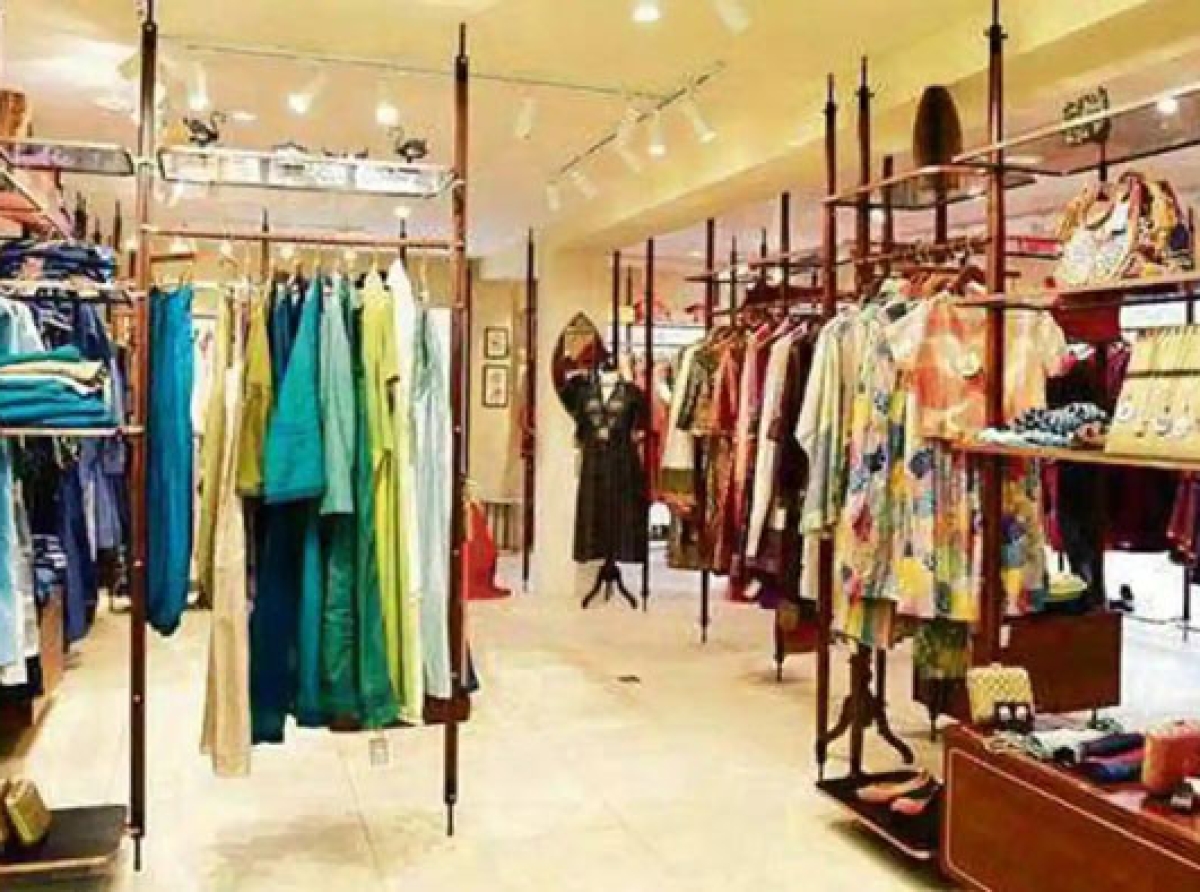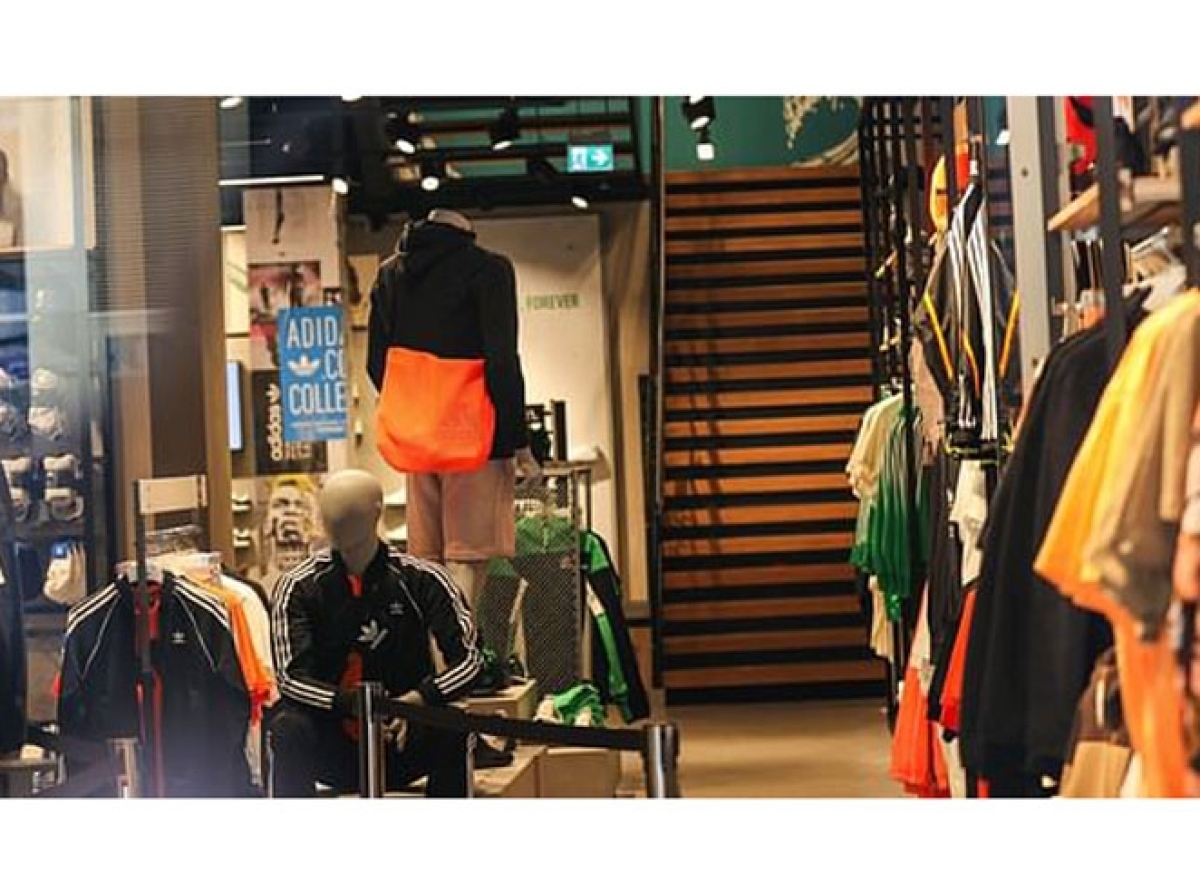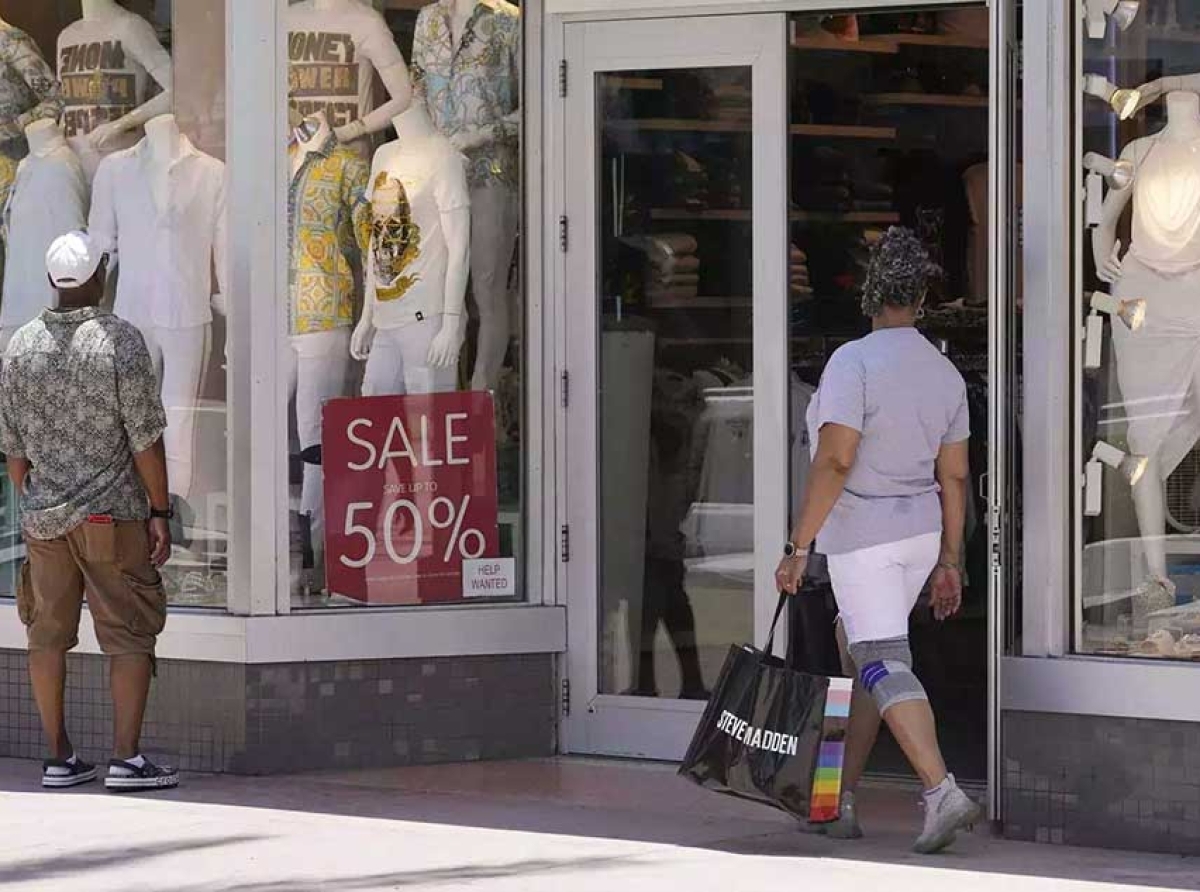CRISIL: FY23, Apparel retailers to clock 21-23% revenue growth

12 August 2022, Mumbai:
What is apparel retail industry
The apparel retailing industry broadly entails comprises businesses/enterprises engaged in the business of selling viz women's, men's, children's, and infant's apparel constituting categories such as formal wear, activewear, evening & nightwear, athleisure, beachwear, celebration, ethnic wear, casual wear, outerwear & so and so forth.
Operating margin1 to expand, but inflation to limit it below pre-pandemic levels.
A combination of strong same-store sales, new store launches, and higher contribution from online channels will sew 21-23% revenue growth for apparel retailers this fiscal, or ~500 basis points (bps) more than the pre-pandemic (fiscal 2020) level, despite elevated inflation impacting discretionary demand.
ALSO READ Upcoming festive season will boost apparel sales in India, hope retailers

RELATED NEWS . Rising inputs costs compel retailers to hike apparel prices
CRISIL REPORT OUTLINES
Operating margin will improve 175-200 bps on year to 7.75-8%, supported by an increase in scale leading to better fixed-cost absorption, price hikes, and a greater share of private labels. However, higher input prices will cap the operating margin 50-70 bps below the pre-pandemic level. Among the key inputs, domestic prices of cotton almost doubled between April 2020 and May 2022.
Despite some moderation since June 2022, they are expected to remain higher than what it was before the pandemic.
A study of 46 CRISIL-rated apparel retailers, which account for more than a third of the organised sector’s revenue of ~Rs 90,000 crore, indicates as much.

ALSO READ Retailers optimistic as apparel sales clock growth in March
Says Naveen Vaidyanathan, Director, CRISIL Ratings, “Revenue growth of apparel retailers will be driven by better same-store sales and higher contribution from new stores set up in the past 2-3 fiscals. These had contributed sub-optimally during the pandemic.
Additionally, rising average selling price and transaction size are helping offset in-store footfalls that continue to trail pre-pandemic levels amid high inflation".
CRISIL Ratings expects large apparel retailers to grow faster at 25-30% this fiscal, compared with 10-15% by their small and mid-sized counterparts2. This would be on a relatively lower base as the large ones, being predominantly situated in malls and high streets, were impacted more by the pandemic-related lockdowns.

ALSO READ Rising cotton cost compel Indian fashion retailers to hike apparel prices
Role Of FDI
They will also lead the improvement in operating margins with ~250-300 bps expansion this fiscal. Because of higher fixed costs, their operating margins were more negatively impacted during the pandemic. That situation will now reverse. Moreover, they typically have stronger and well-established brands that command higher gross margins compared with mid-sized apparel retailers.
CAPEX
Capex by apparel retailers is set to rise over 30% on year this fiscal because of the improvement in demand. Apart from store expansions, the addition of warehousing space and investment towards brand acquisitions, a significant part of the spending would be to augment tech platforms and online offerings. The share of online channels in the overall revenue of apparel retailers is expected to cross 15% this fiscal vs ~5% in fiscal 2020.

Says Shounak Chakravarty, Associate Director, CRISIL Ratings, “The expected improvement in cash accrual, which will largely fund CAPEX, will strengthen the credit profiles of apparel retailers this fiscal. Debt metrics are seen comfortable with gearing below 0.5 time and interest coverage set to improve to over 10 times this fiscal, compared with ~6 times last fiscal. Balance sheets are already sound with several apparel retailers having raised equity even during the pandemic".

Summing-Up
In the road ahead, further waves of the pandemic, resultant lockdowns and mobility restrictions, and higher-than-expected input cost inflation that could lead to downtrading and ultimately affect profitability would bear watching.
Apparel retail companies in India.
1 Operating margins are calculated on a pre-IndAS basis, with lease payments treated as an operational expense
2 Large retailers’ revenue is typically more than Rs 1,000 crore, with a pan-India presence.
(CRISIL report) The article has not been edited by DFU Publications staff
Join our community on Linkedin
























